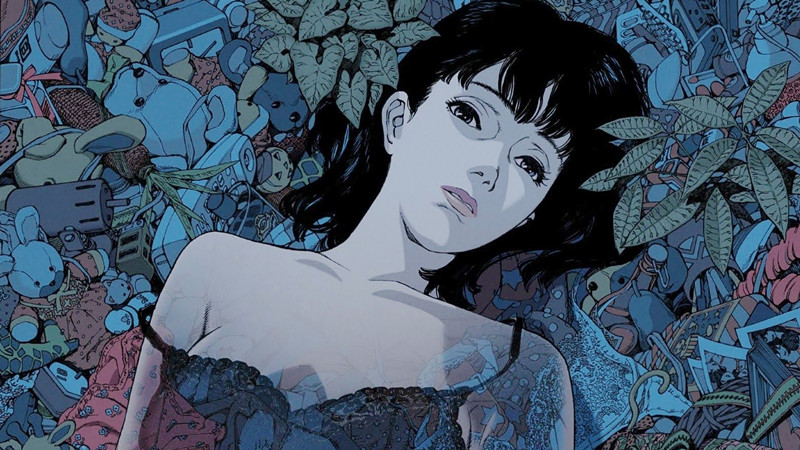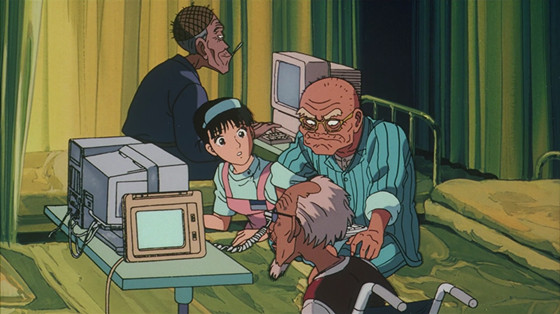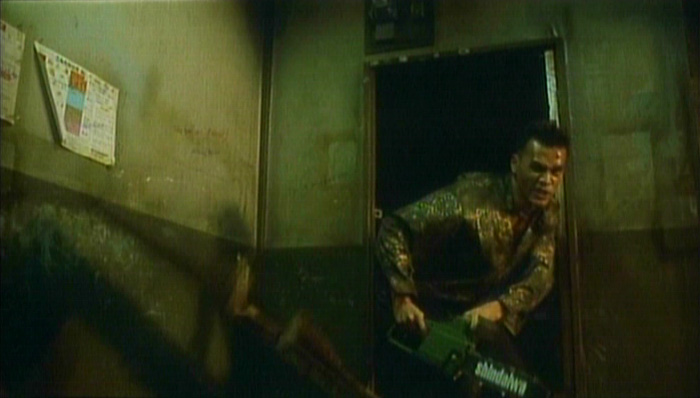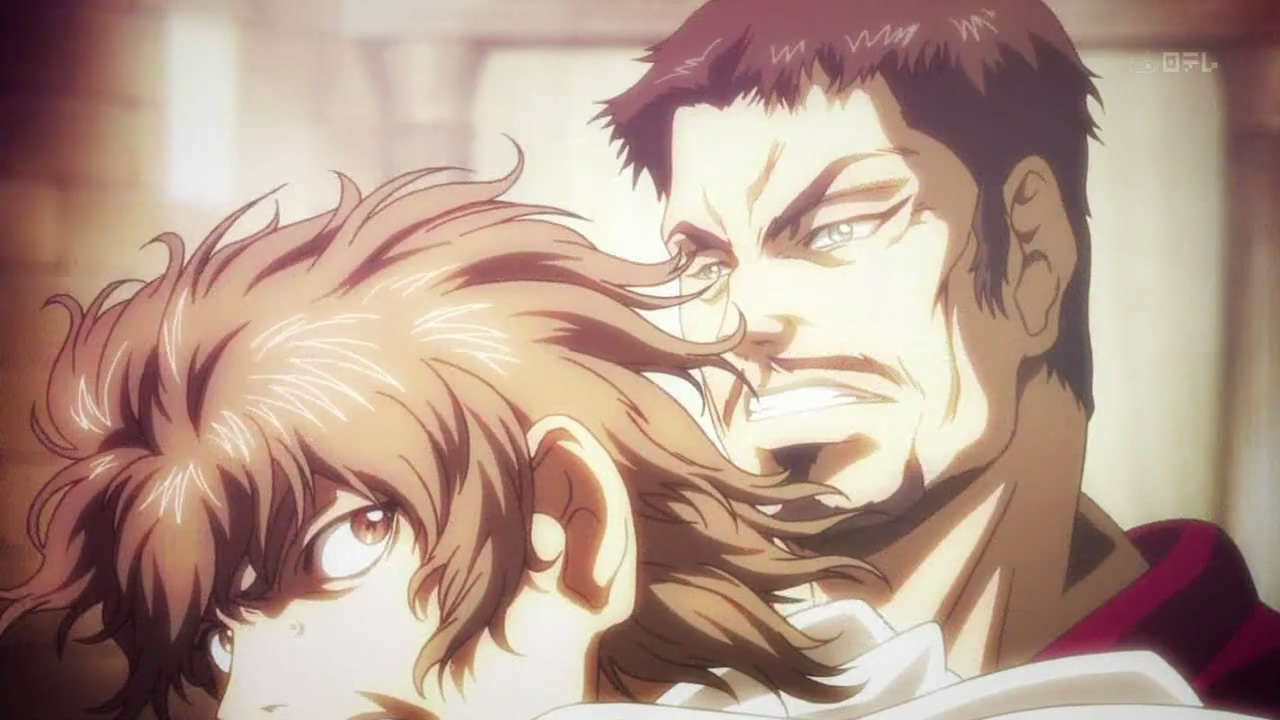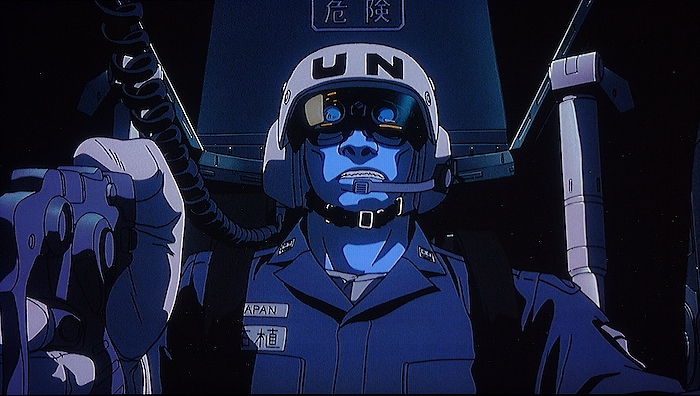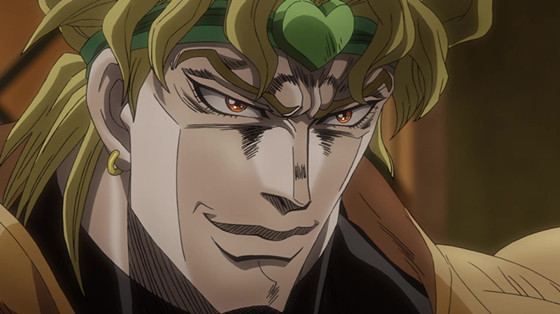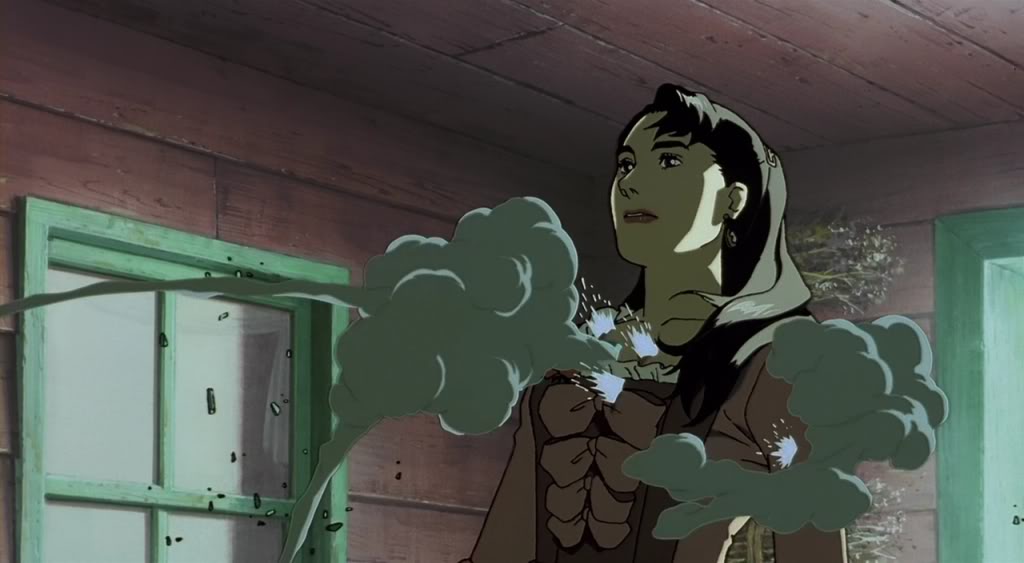The late Satoshi Kon was amongst the foremost prominent Japanese animators, whose works transcended the world of anime and manga, thus creating a modern division of the genre, which chiefly addressed to a mature audience. However, he did not accomplish that via sex and violence, but through the profundity of his themes and a complex style of presentation.
The former becomes evident in his nightmarish worlds of terror that are based on concepts like fixation, publicity and the perspective of reality and personal identity, while the latter is clear through the mixture of fantasy and reality in the surrealistic environments of his movies.
Additionally, he was equally elaborative as a designer and animator; hence, his works amount to masterpieces, both visually and in content.
Satoshi Kon was born on October 12, 1963 in Kushiro, Hokkaido. Early on, he became a fan of anime and manga, chiefly “Mobile Suit Gundam” and “Space Battleship Yamato”. After his junior high school graduation, he aspired to become an animator, and he enrolled at Musashino Art University to study visual art communication design.
As is the usual practice in Japan, the road to animation passes through the manga medium; therefore, Kon’s early works are in that domain. In 1985, he published his initial project, “Toriko”, in Young magazine, which is owned by Kodansha Comics. During his cooperation with the magazine’s staff, he met Katsuhiro Otomo, creator of “Akira”, who became his biggest influence.
In 1987, he graduated from Musashino and in 1990, Kodansha published his first complete manga, “Kaikisen”, a fairy tale occurring in a fishing village.
Gradually, his interest shifted to animation, where he began working in 1991. The following list is a complete account of all his works in this particular field, in chronological order, as much as a tribute to one of the foremost influential artists of his generation.
1. Roujin Z (1991, Hiroyuki Kitakubo)
Katsuhiro Otomo, who wrote the script, brought Kon in this science fiction comedy to work as an animator and set designer.
Kiyuro, a dying elderly man, is chosen as the first person to test Ζ-001, a robotic bed manufactured by hospital scientists. Supposedly, the invention will provide him with everything he needs to sustain his life. However, eventually the truth is unveiled: The bed is, in fact, a weapon designed by the military. Thus, when Kiyuro becomes frustrated, the bed interacts with his feelings, subsequently escaping control and ending up becoming a threat to the hospital personnel and the elder himself.
As expected, since it was his first work, there is not much of Satoshi Kon’s style in “Roujin Z”, apart from the peculiar, fade-to-white ending.
2. World Apartment Horror (1991, Katsuhiro Otomo)
Kon collaborated again in 1991 with his mentor, this time on a live-action movie, writing the original story the script was based on and later producing a manga of the film.
A low level Yakuza is tasked with evicting the tenants of an apartment. He tries every possible and impossible way to manage that, but to no avail. Eventually, a demonic spirit appears, further hindering his efforts.
Again, Kon has little effect on the movie; nevertheless, the mixture of fantasy and reality that would characterize his later scripts is also evident here.
3. Hashire Melos! (1992, Masaaki Osumi)
Based on the Greek myth of Damon and Phidias, Hashire Melos tells the story of a shepherd, who is arrested on the charge of conspiracy against the king and is sentenced to death. However, the authorities grant him three days to attend his sister’s wedding, while holding his friend Selinentius hostage, in case he decided not to return.
Kon worked here as an animator, this being the first time his distinct style of character drawing became evident. In contrast to the usual practice of the era that included wide-eyed faces and exaggerated characteristics, Kon created realistic figures, resembling real-life individuals.
4. Patlabor 2: The Movie (1993, Mamoru Oshii)
Mamoru Oshii’s brilliant political drama was probably Kon’s smallest contribution on a project; he simply did storyboard work.
5. Jojo’s Bizarre Adventure: Dio’s World: Kakyoin – Duel in the Barrier (1994, Kitakubo Hiroyuki)
This is the TV adaptation of one of the longest-running manga, since it was serialized from 1984 to 2008. The particular OVA tells the story of Joseph Joestar and his grandson Joutarou, who fight against Dio, an immortal vampire.
Kon was in charge of the script in the fifth episode, while also working on the animation. Although he stayed particularly close to the original artwork, including some of his own personal style, this was the first time he displayed his abilities being in charge of an entire project.
6. Memories: Magnetic Rose (1995, Koji Morimoto)
“Memories”, a movie composed of three segments based on Otomo’s manga short stories, was the one that properly introduced Satoshi Kon to the public. He wrote the script for the initial segment, the utmost distinguished one of the collection.
In 2090, Solaris, a rescue spaceship, receives an unknown audio signal that sounds like an opera, during one of its flights. The crew decides to investigate it; however, when they arrive at the source of the sound they discover a spacecraft in the shape of a rose. Two members, Miguel and Heinz, begin to explore the peculiar flying object. Upon their entrance, they come across a palace filled with holograms and moving statues, created in favor of a long since dead opera diva, Eva Friedel.
Besides the script, Kon also handled the layout and worked as the art director of “Magnetic Rose”. His unmistakable style using the chaotic mixture of fantasy and reality was initially evident in this particular movie. Furthermore, characters such as the delusional Eva and the tragically persistent Heinz would find their derivatives in a number of Kon’s latest works. In all aspects, “Magnetic Rose” was the genesis of Satoshi Kon.
